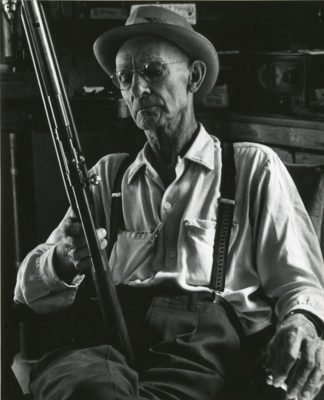Nothin’ but Working Phill Niblock, a Retrospective
Born in 1933, Phill Niblock has produced, over more than fifty years, a multidisciplinary work. His “Intermedia Art” features a combination of minimalist music, conceptual art, structural cinema, systematic or even political art, and has actively contributed to transform our perception and experience of time. This retrospective is presented simultaneously at the Musée de l’Elysée and at the Contemporary Art Center Circuit. The exhibition is curated by Mathieu Copeland and for the museum by curator Anne Lacoste.
Admittedly one of the greatest experimental composers of our time, Phill Niblock initiated his career as a photographer and film director. Born in Indianapolis, a jazz passionate, he moved to New York in 1958 where he started photography In the mid-1960s, specializing in portraits of jazz musicians (Duke Ellington, Charles Mingus, Billy Strayhorn…). In the middle of the 60s, he made his first films for the dancers and choreographers of the Judson Church Theater. From 1968 on, Phill Niblock focused on music and composed his first pieces, which, according to the artist, should be listened to at loud volume in order to explore their overtones. He pursued his film projects independently with The Movement of People Working, a series of films lasting over 25 hours, made between 1973 and 1991, in which the repetitive nature of work movements acts as a direct echo to his musical compositions.
Since the mid-1960s, his analogue photographic work explores New York’s architecture and urban planning. The sequencing and layout of his images offer a mapping of the location and object photographed, such as the areas in South Bronx (1979) fallen into disuse or the facades of SoHo Broadway district (1988). Phill Niblock is particularly interested in the screening of moving images – films and slideshows. Produced between 1966 and 1969, Six Films, a series of short films with sound realized with 16mm film, heralds his experimental method through portraits of artists and musicians such as Sun Ra and Max Neuhaus.
In 1968, the artist started experimenting a combination of his visual productions with his musical scores in order to create sound architectural and environmental compositions. Recreated by the artist for the first time since its last presentation in 1972 for the purpose of this exhibition, the Environments series extracts the reality of different surroundings through images, all the while generating a dense and intense temporary environment of projected images, music and movements throughout the museum space.

